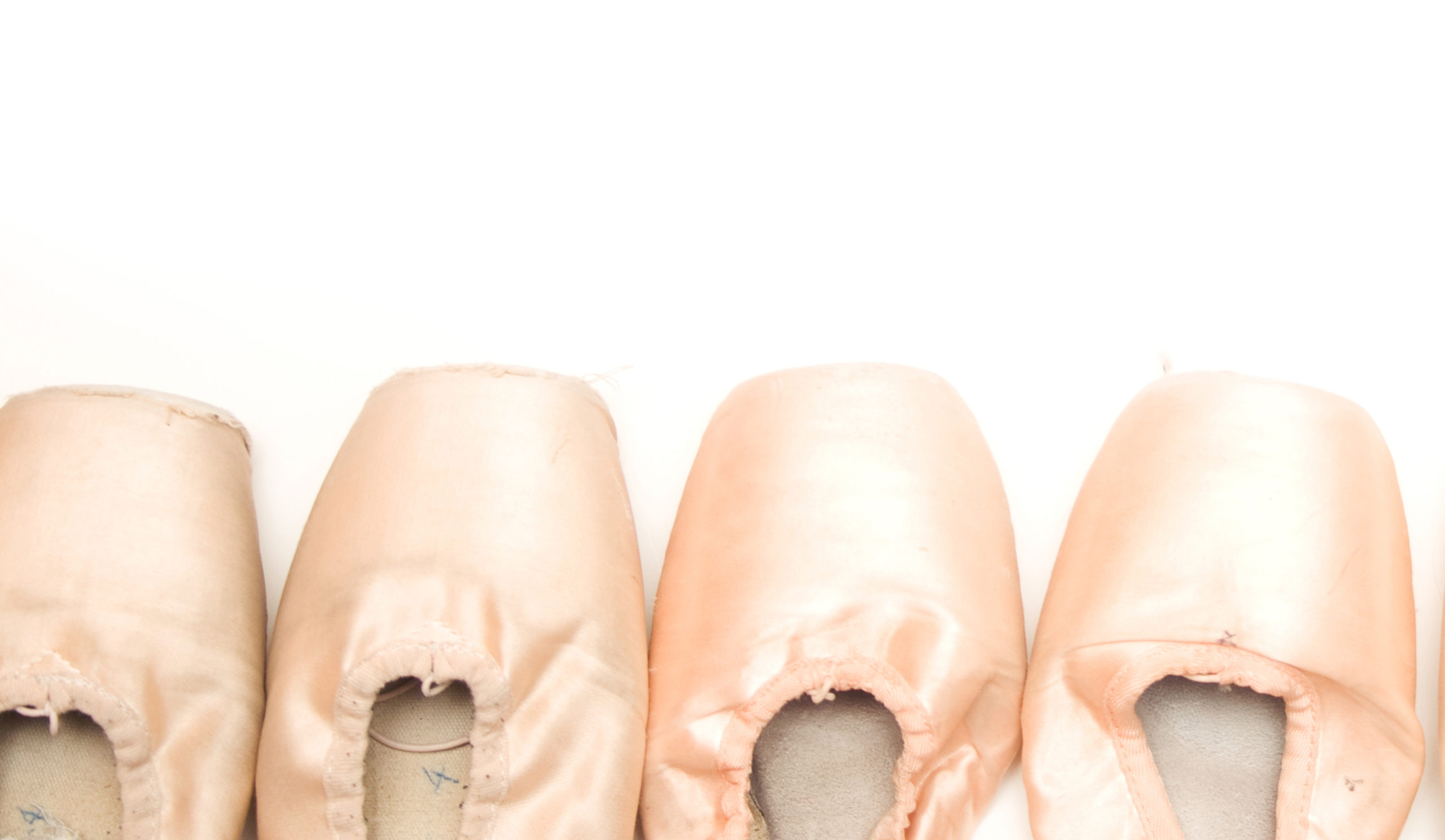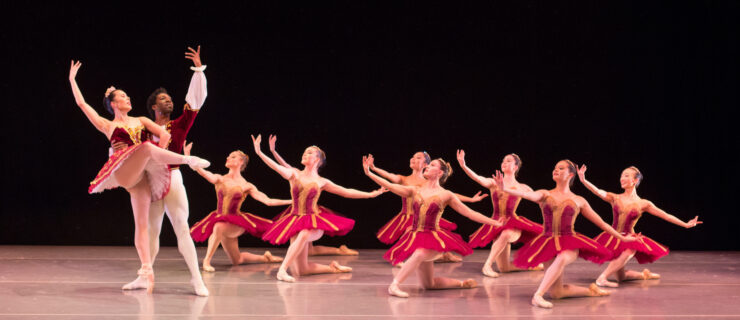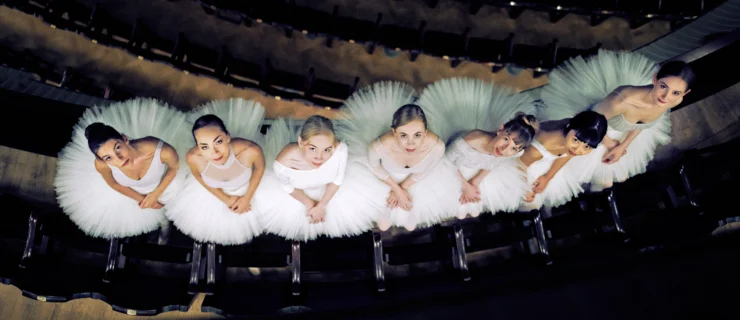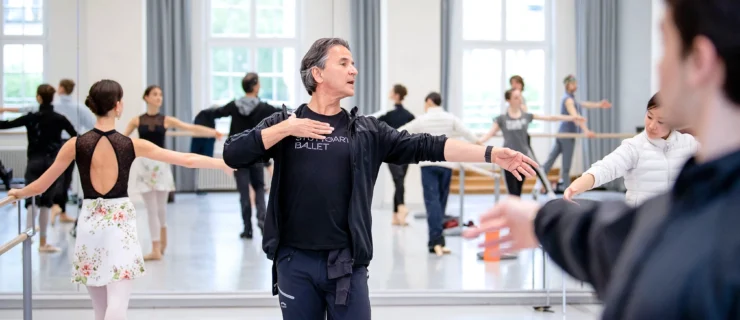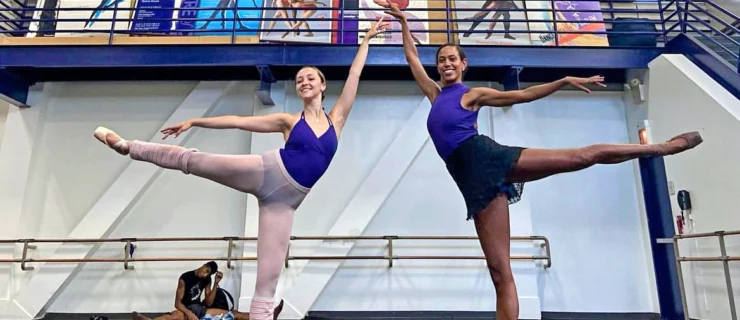Forsythe Fever
The first time I saw William Forsythe’s choreography I hated it. Passionately.
I’d just started at NYU and our choreography class was required to see Ballett Frankfurt out in Brooklyn. Unfortunately, my parents happened to be in town that weekend. But I brought them along, assuming anything called “ballet” would be safe.
You know what they say about assuming. N.N.N.N. consisted of four men walking around slapping the tops of each other’s heads. The women in Duo were wearing mesh tops THAT YOU COULD SEE THROUGH. One Flat Thing, Reproduced just had the dancers slinking around a bunch of tables. This was not what I called ballet. I was mortified.
From that point on, I avoided anything Forsythe. At ABT’s intensive the next summer I was forced to take a Forsythe-based improv class with one of his dancers, Jill Johnson. I was dreading it—until I got in the studio. Jill had us try out a simple exercise that was based on Forsythe’s process: Starting in first position, we could tendu in any direction in parallel or turnout, and use any classical ballet port de bras we wanted but one or both arms could be parallel, upside down or backwards. Exploring the infinite possibilities within this structure was thrilling. I felt in my body how movement that was completely weird and awkward actually related directly to ballet. At the end of class a couple of the students begged Jill to dance some Forsythe for us. Watching her move, I could see how the steps were based in classicism but took it to an entire other galaxy of possibility.
This week I saw Duo again. After many years of watching downtown dance, I’ve moved past my aversion to nudity onstage so I was actually able to see the dance this time. And it was so beautiful I almost cried. Sitting there I realized that seven years later, each piece of that Ballett Frankfurt performance I had hated so fervently still stuck in my mind, crystal clear. I can’t say the same about shows I saw last month. Even though it had blown my mind because I was unprepared for that type of dance, it had moved me and left an impression that has never gone away.
